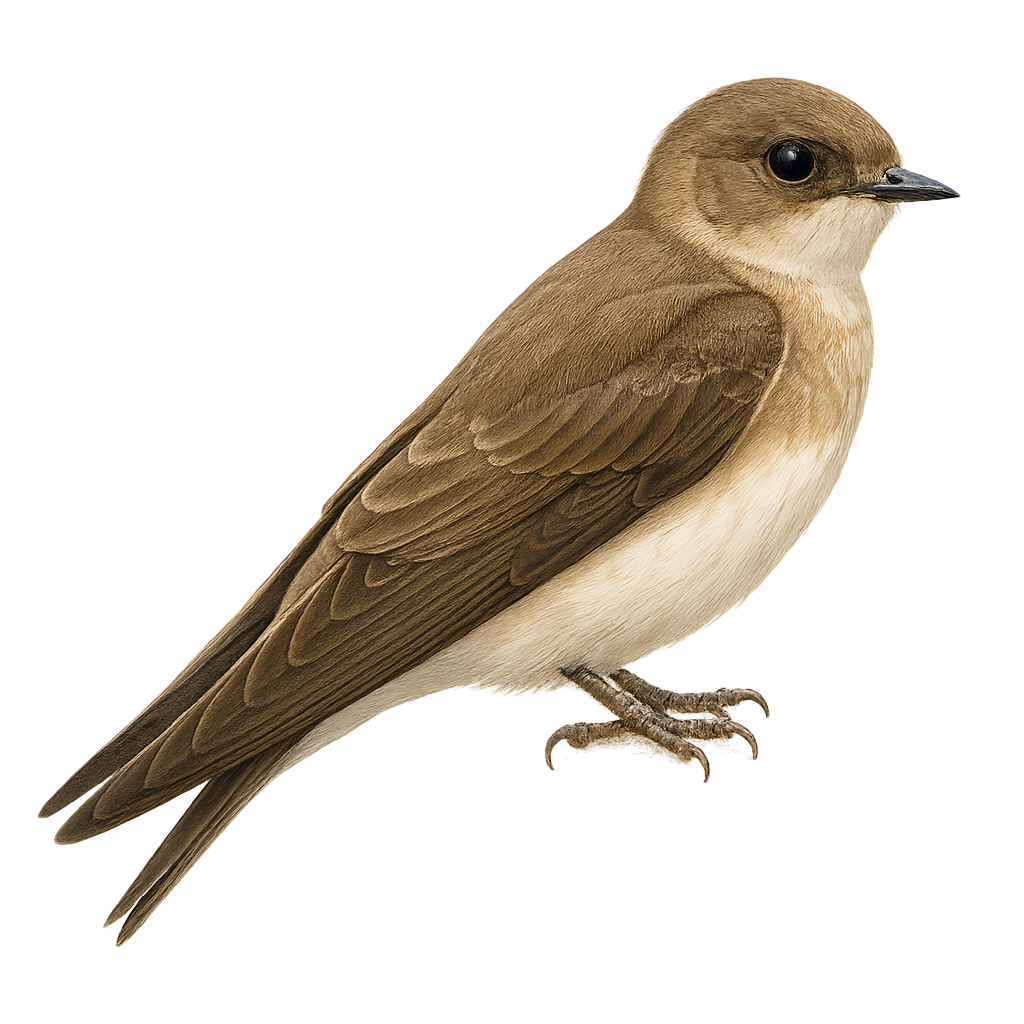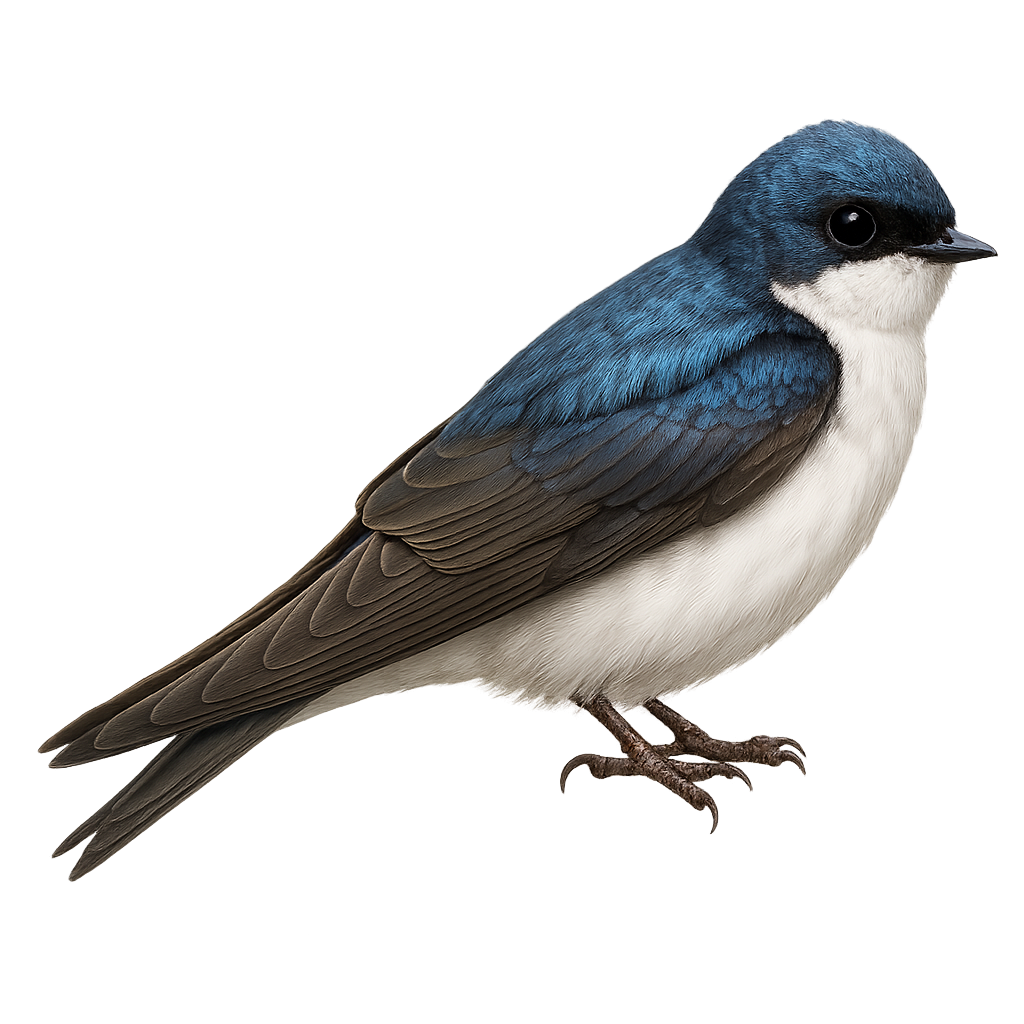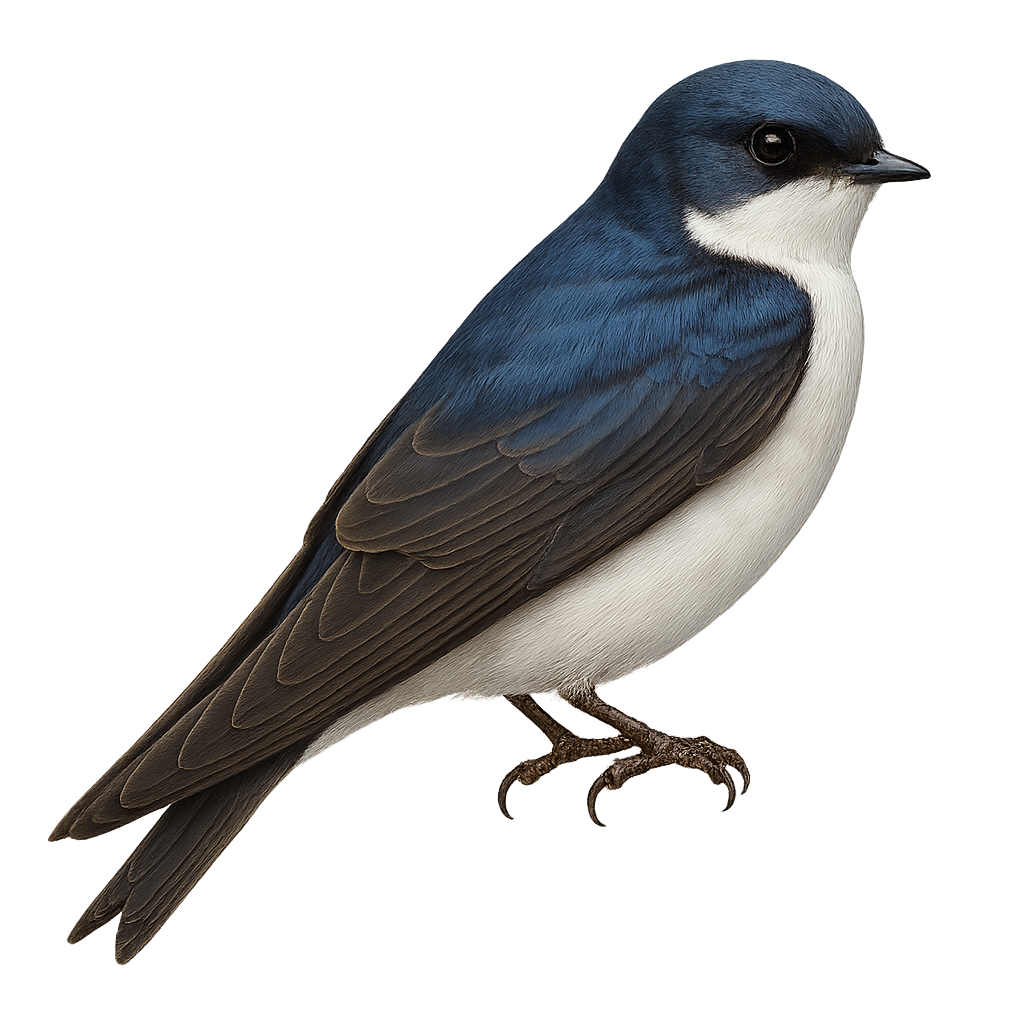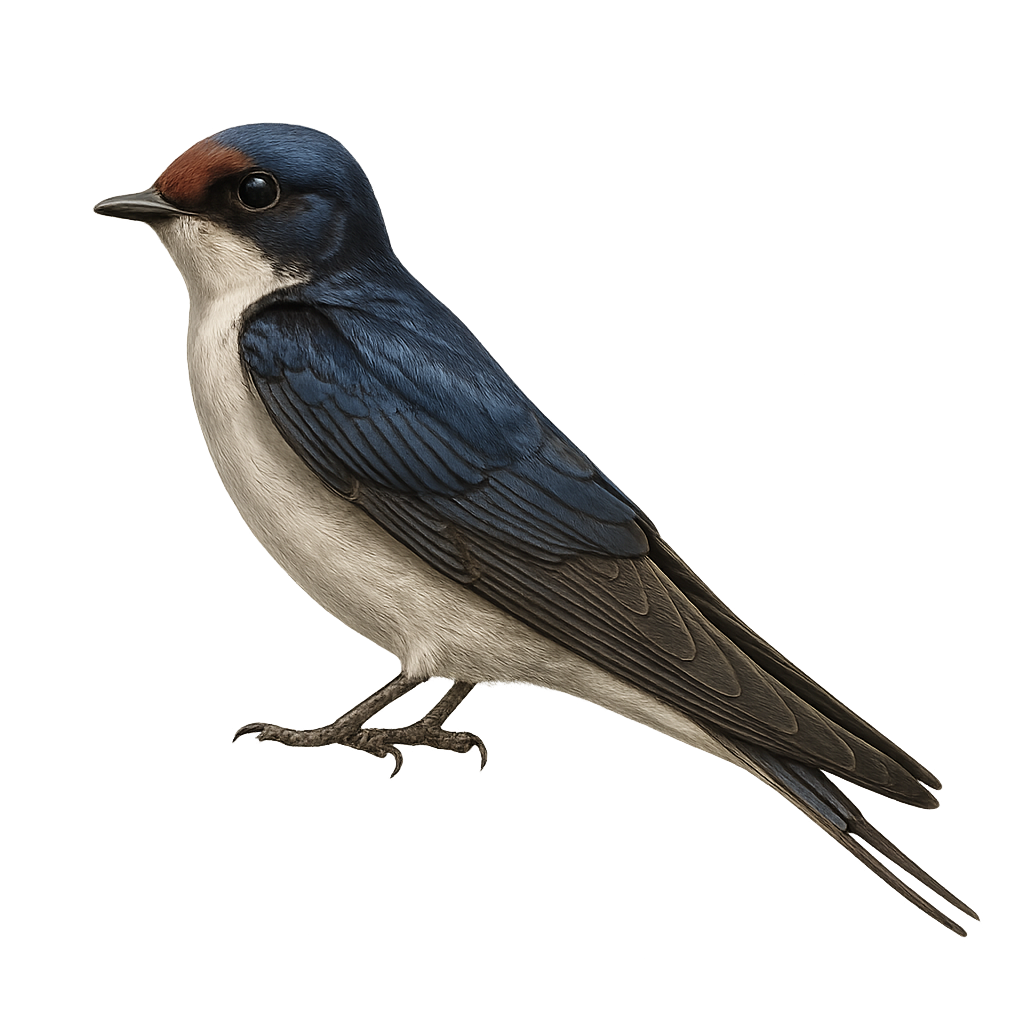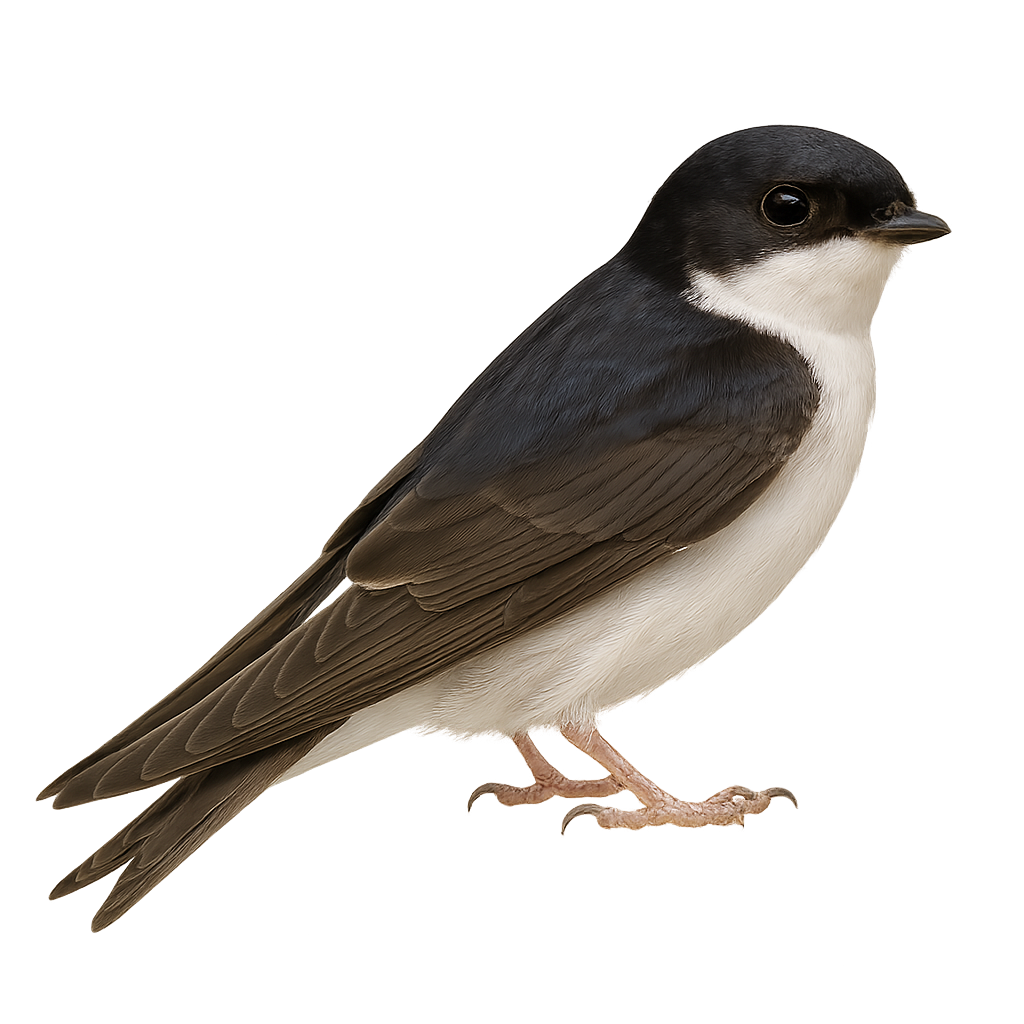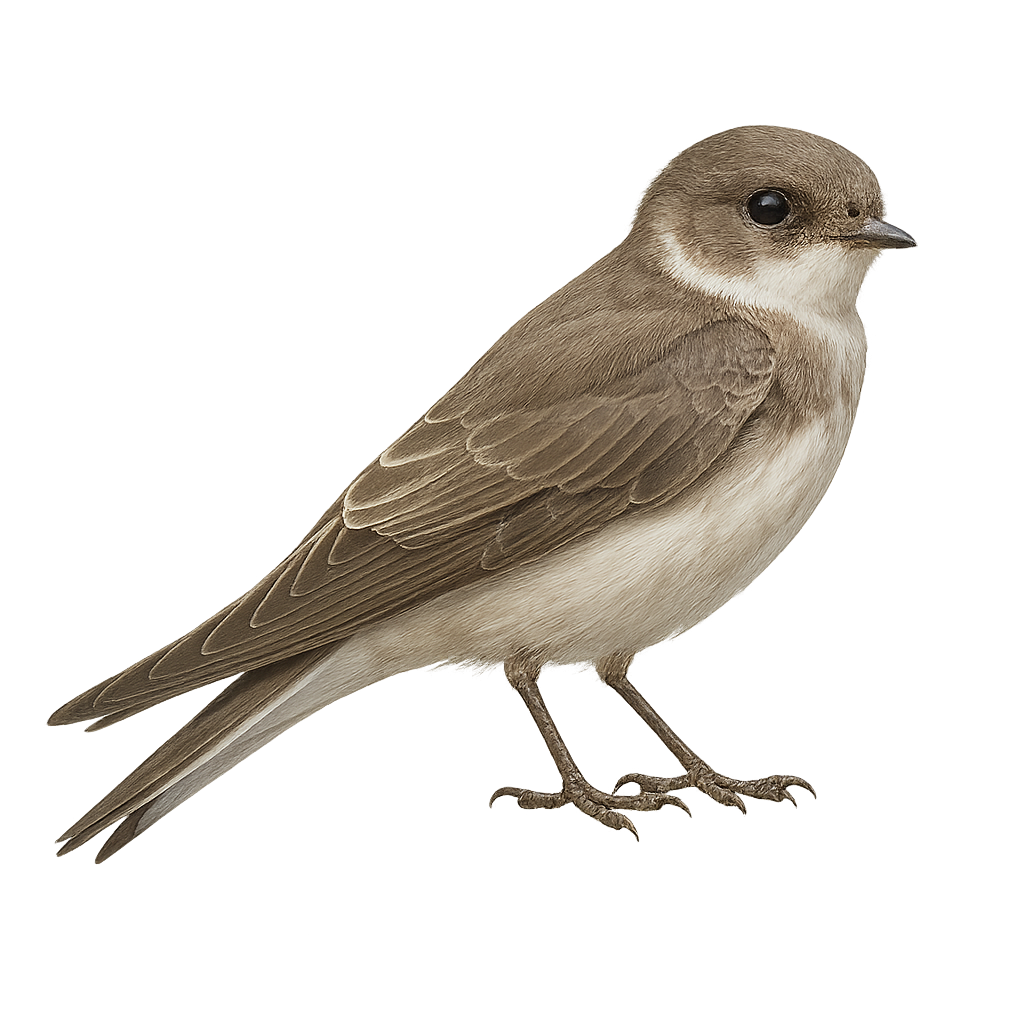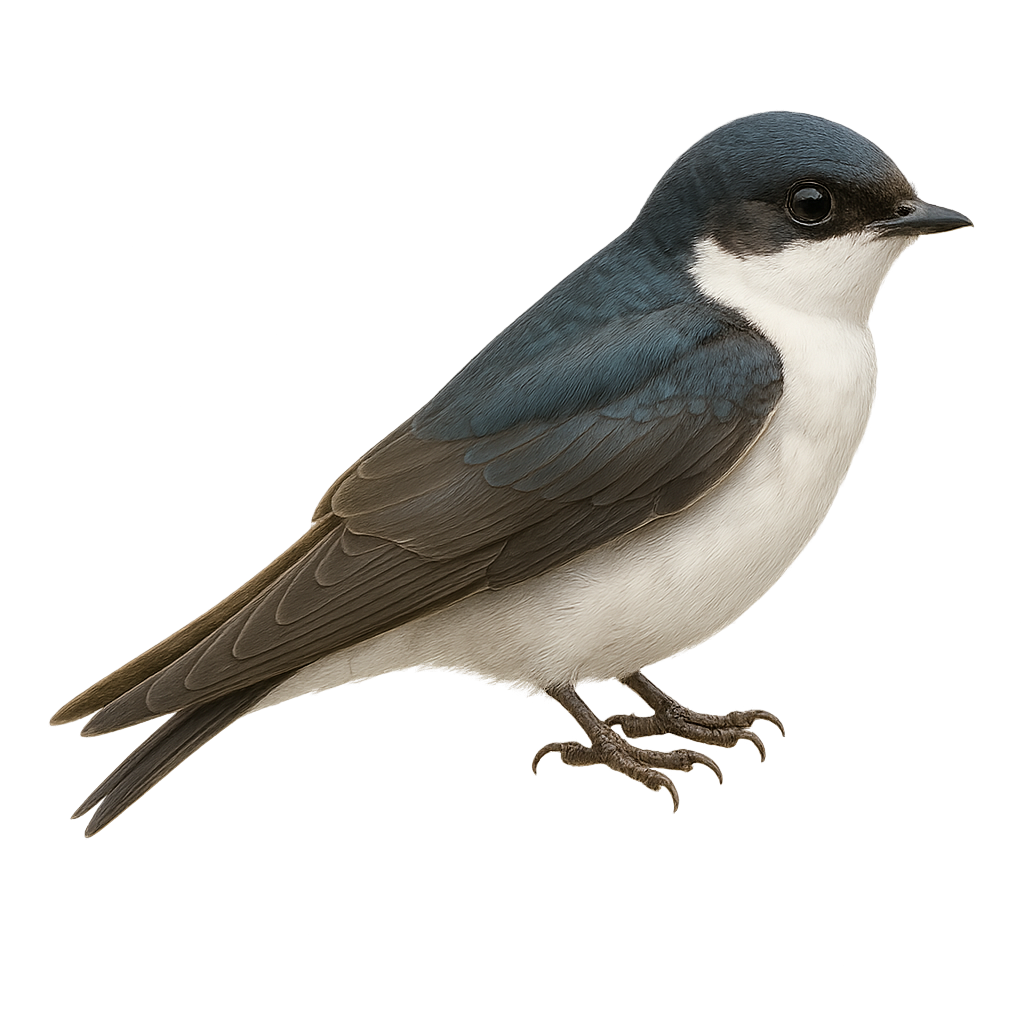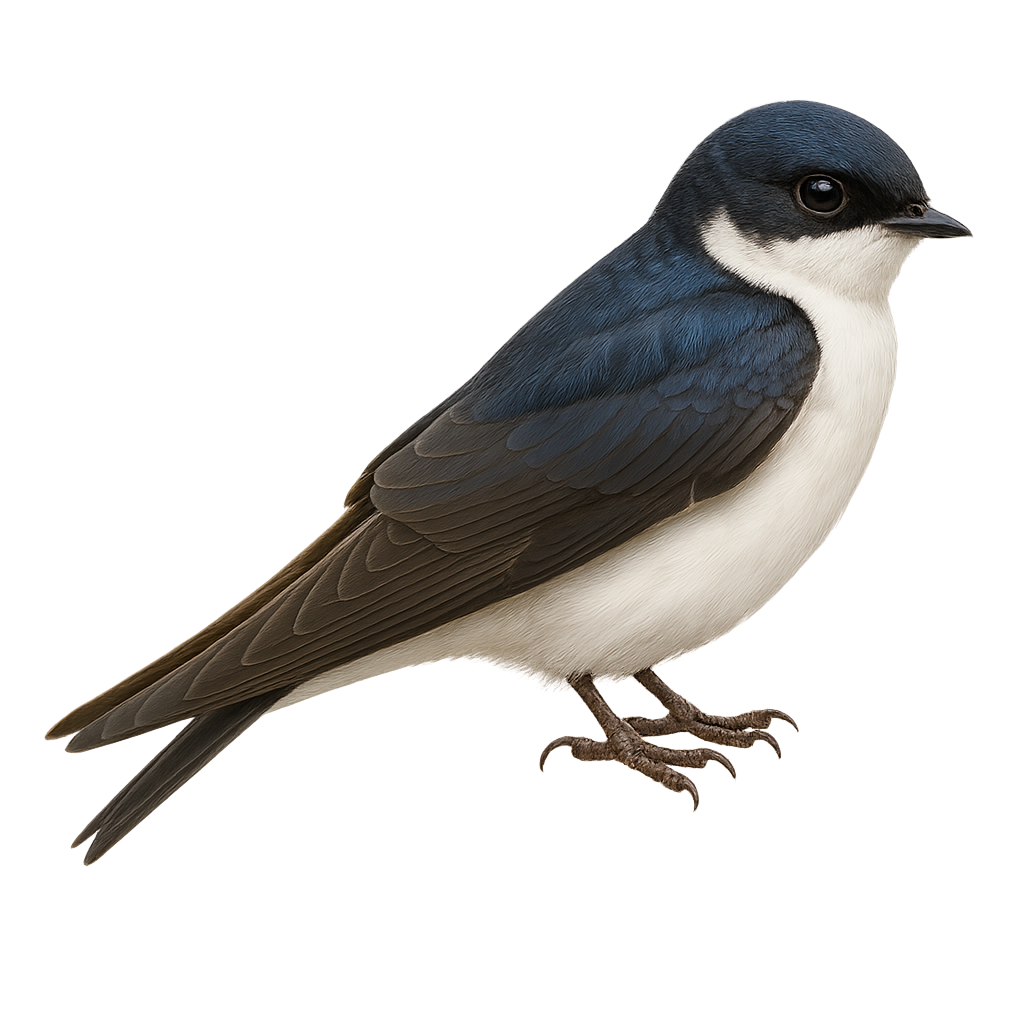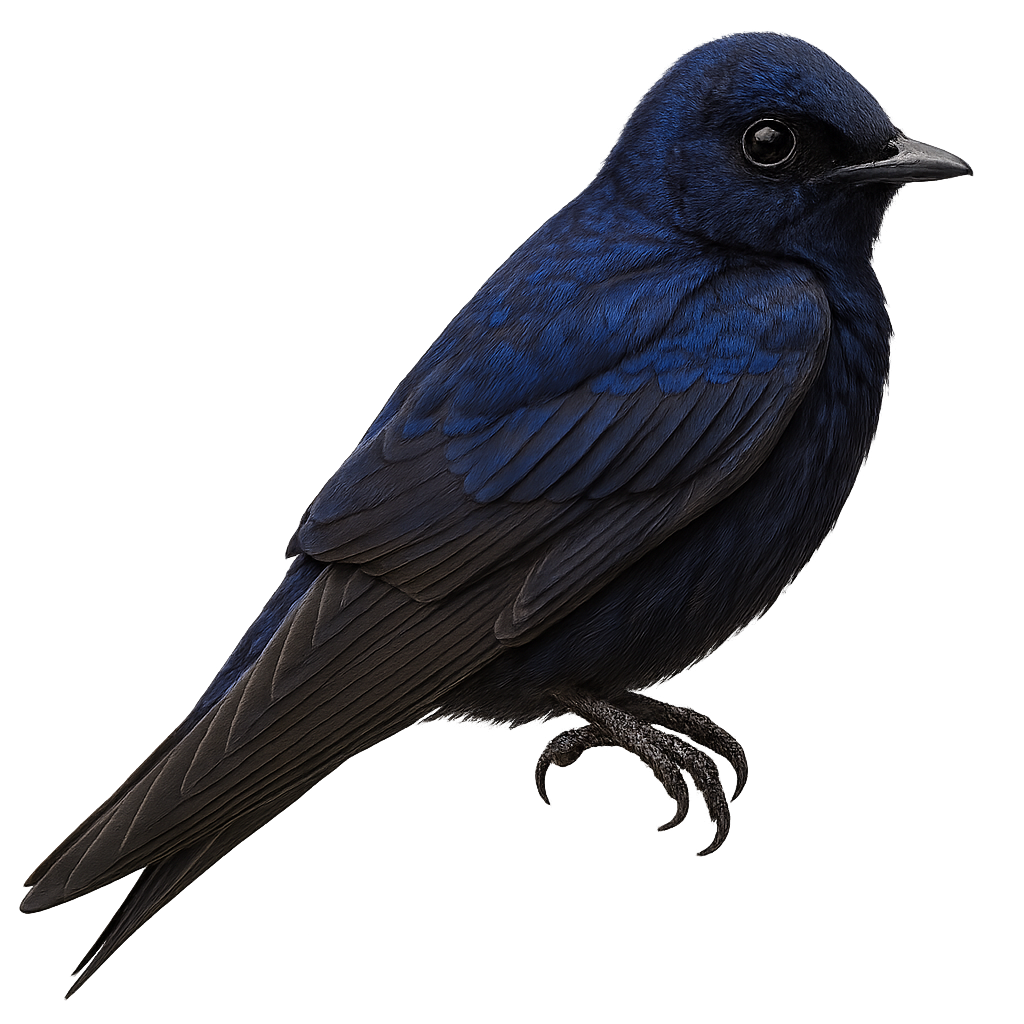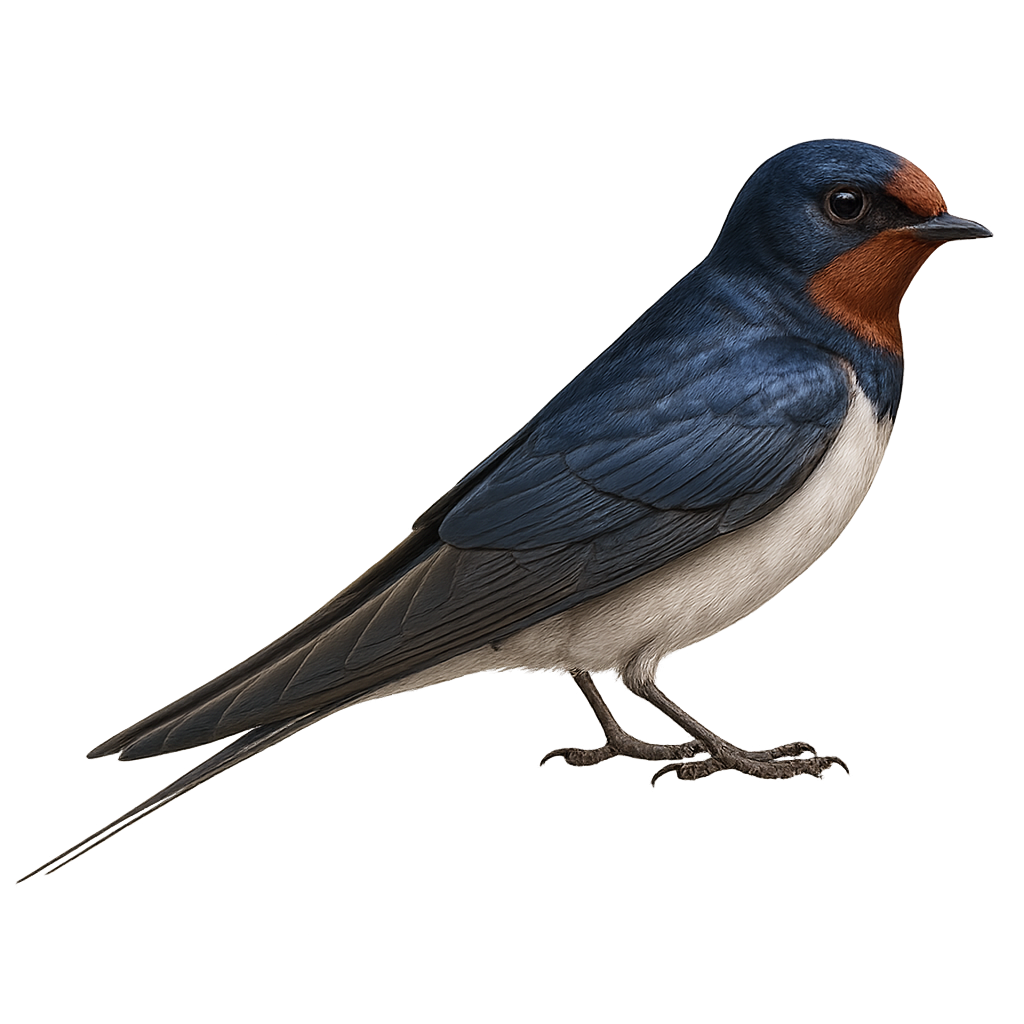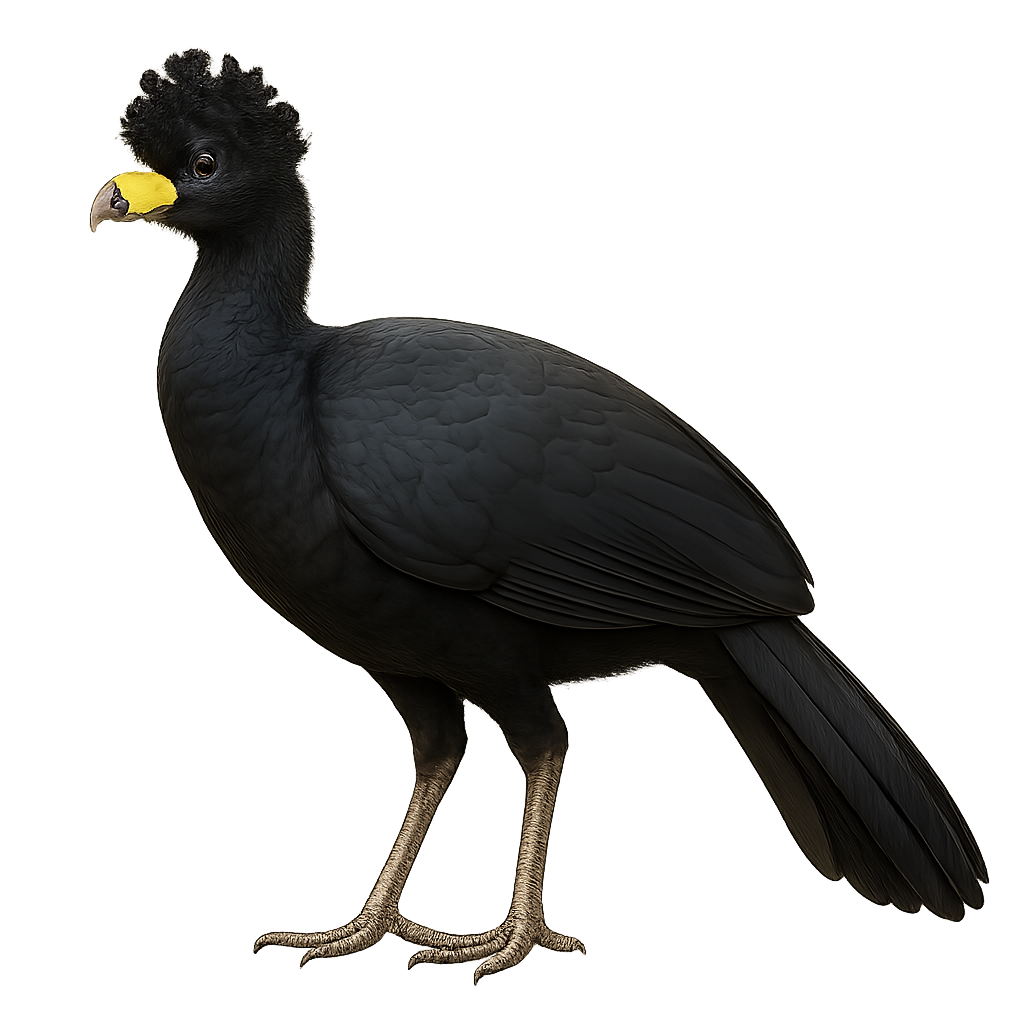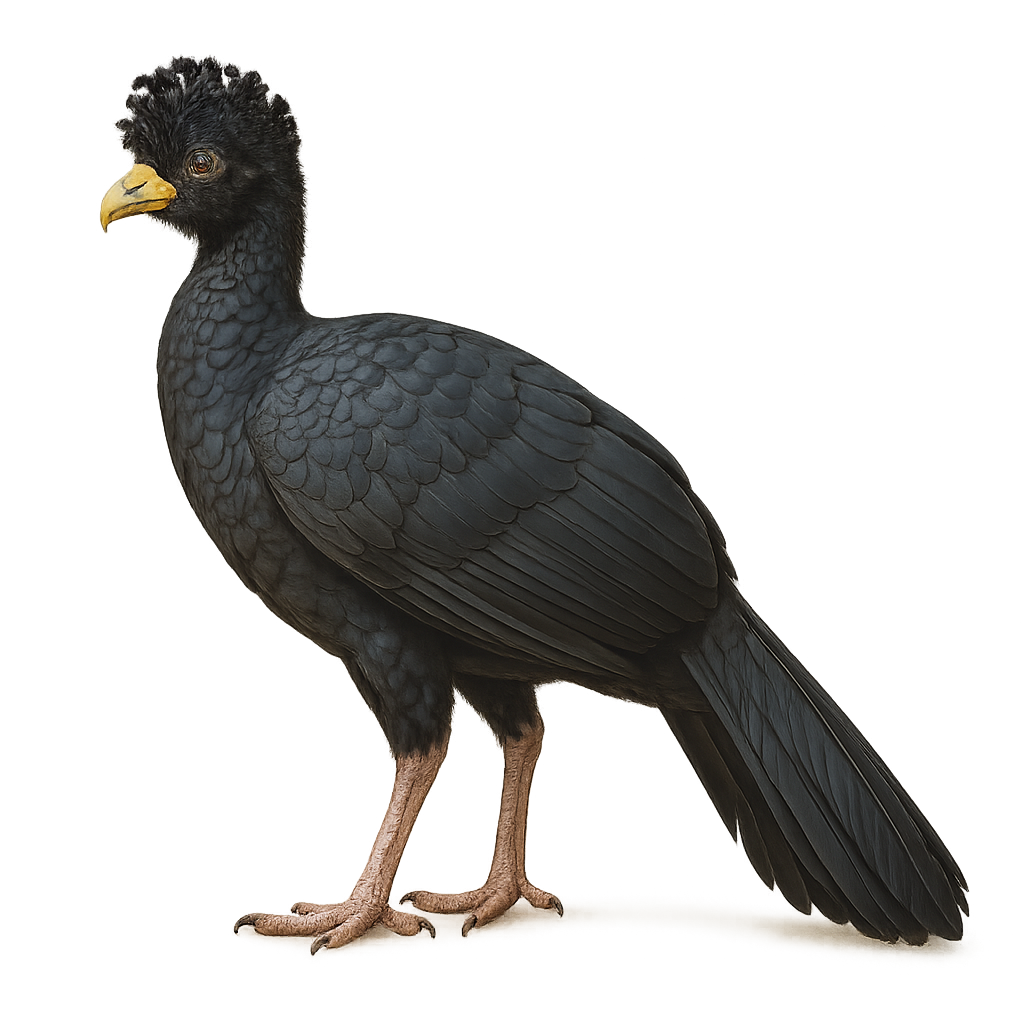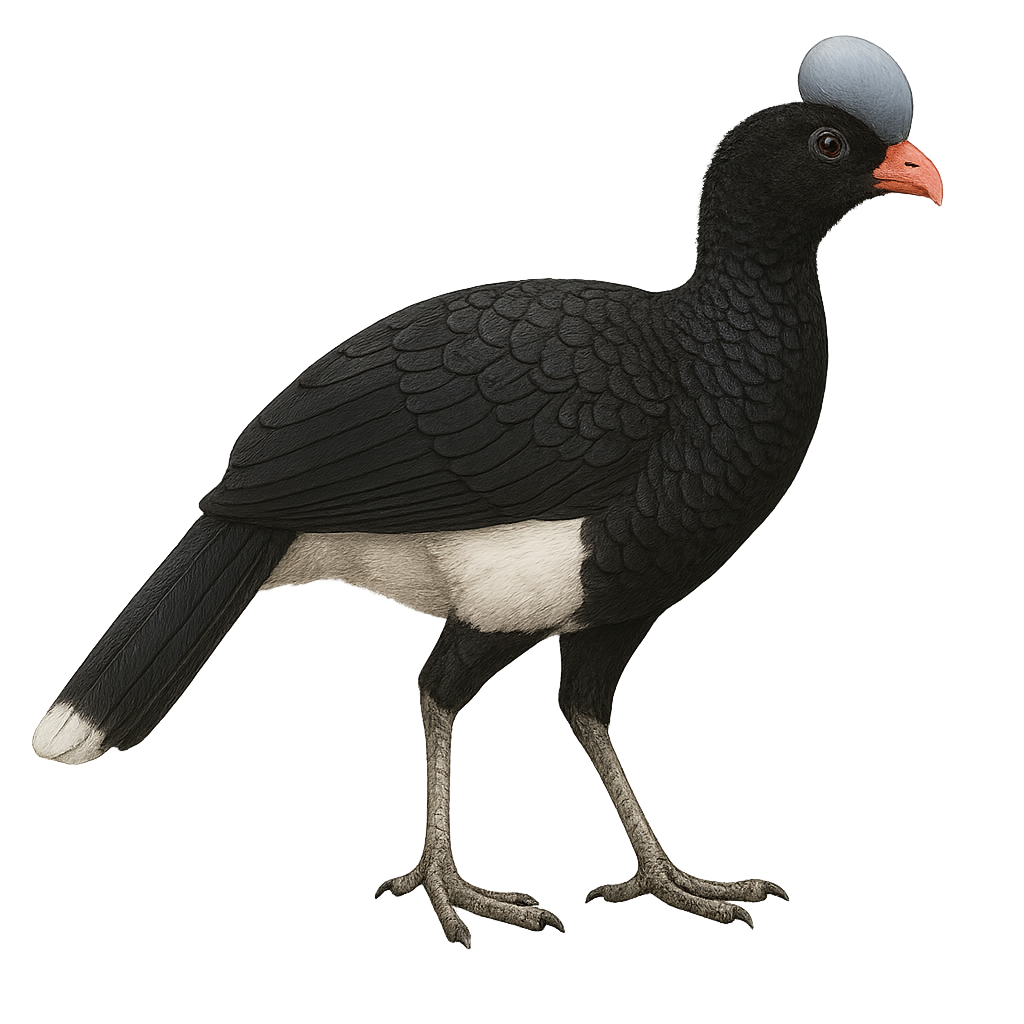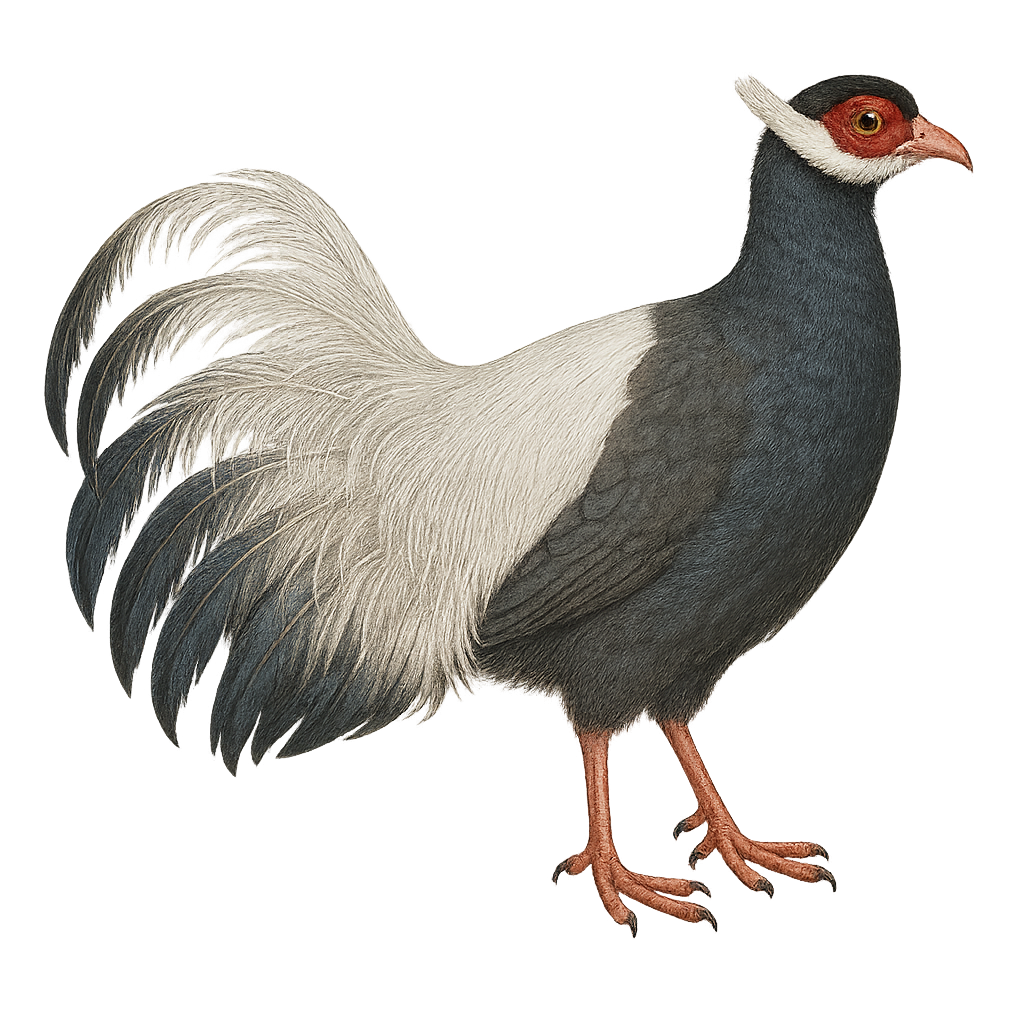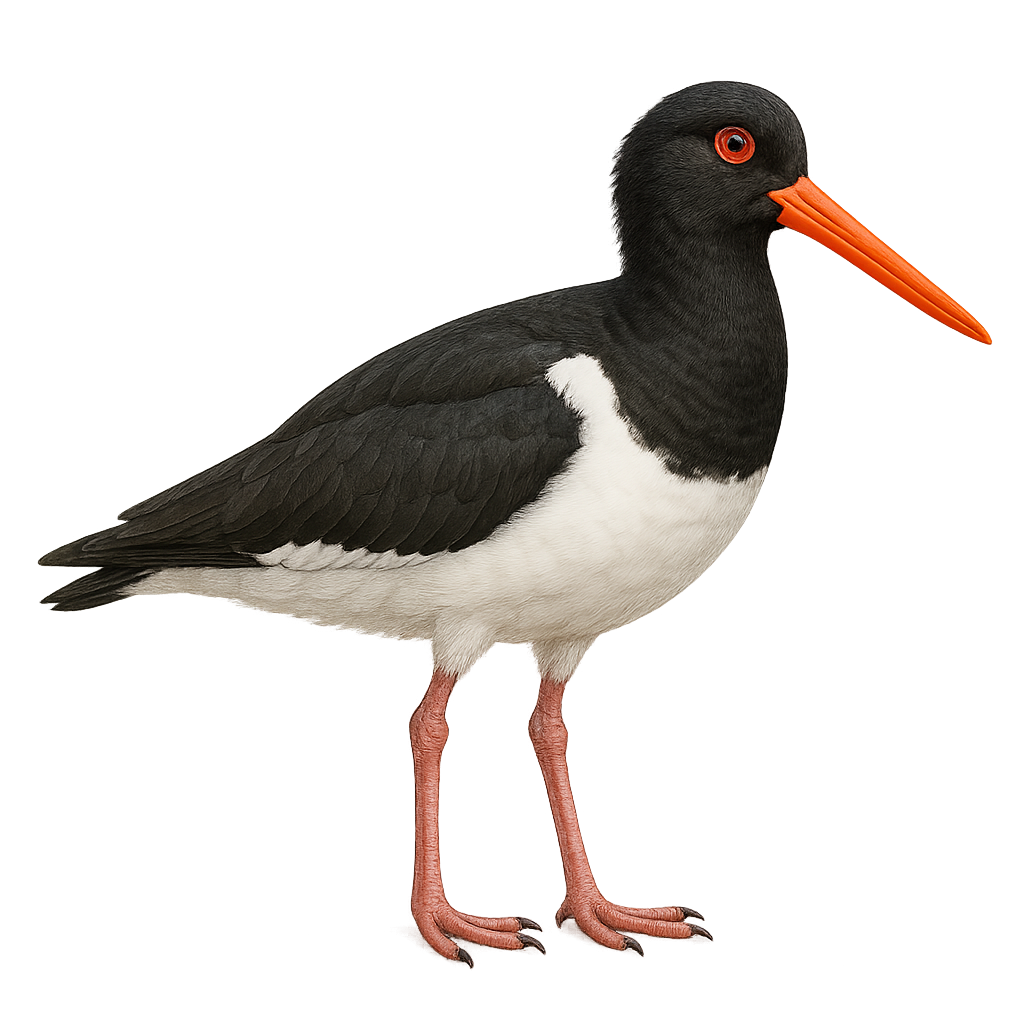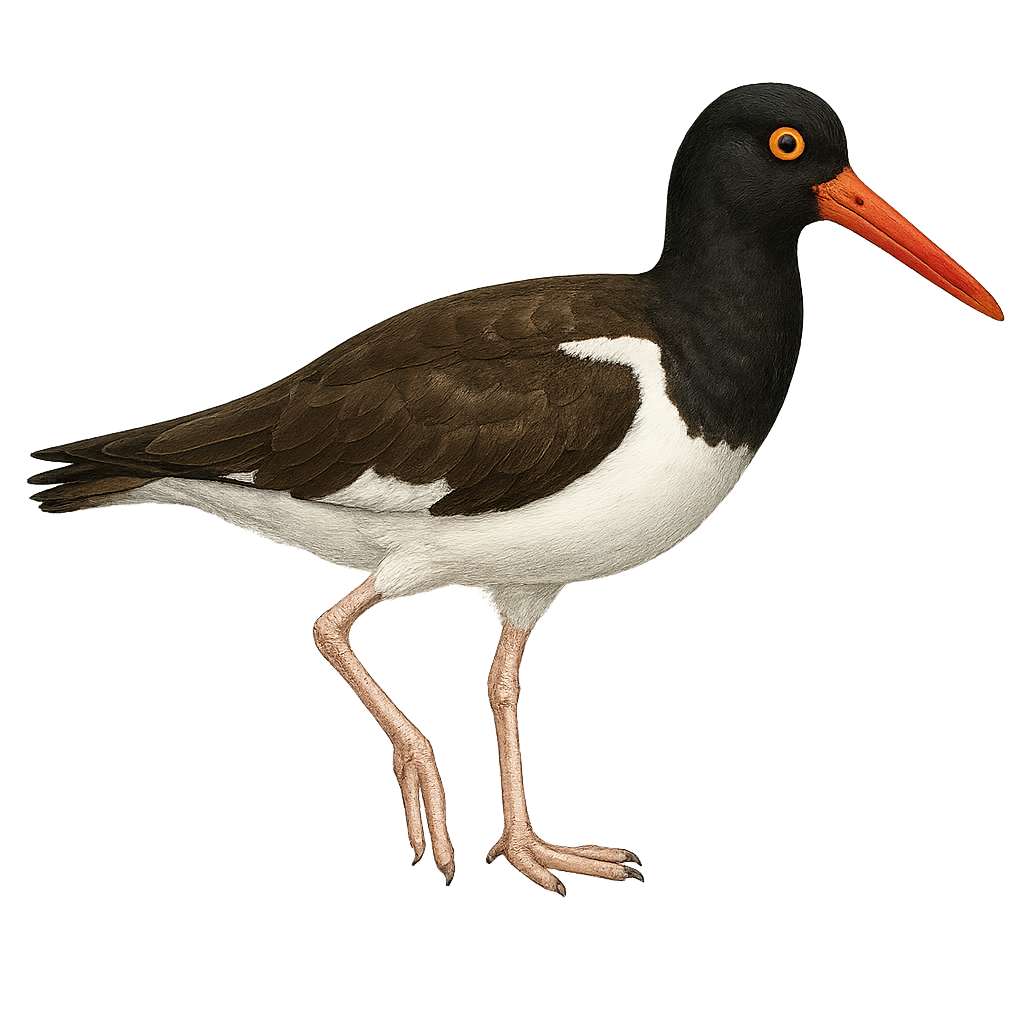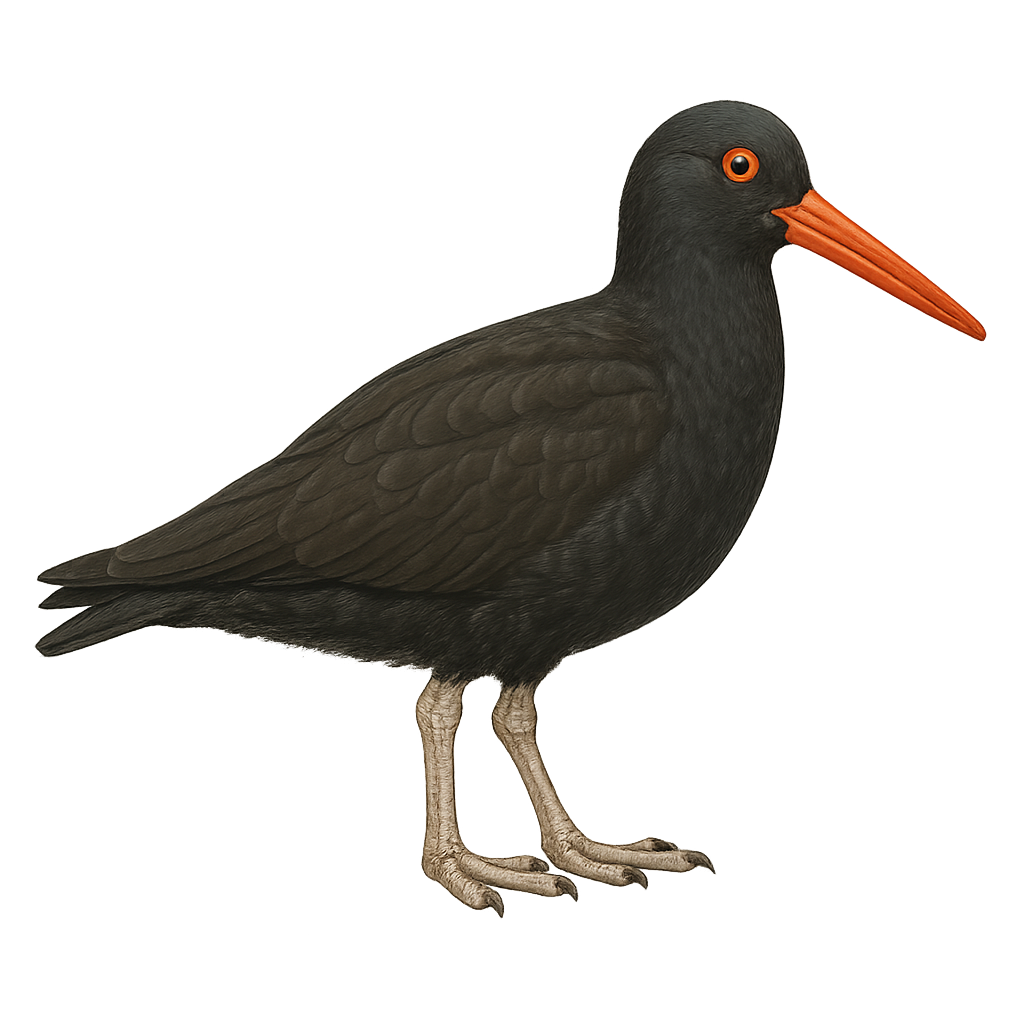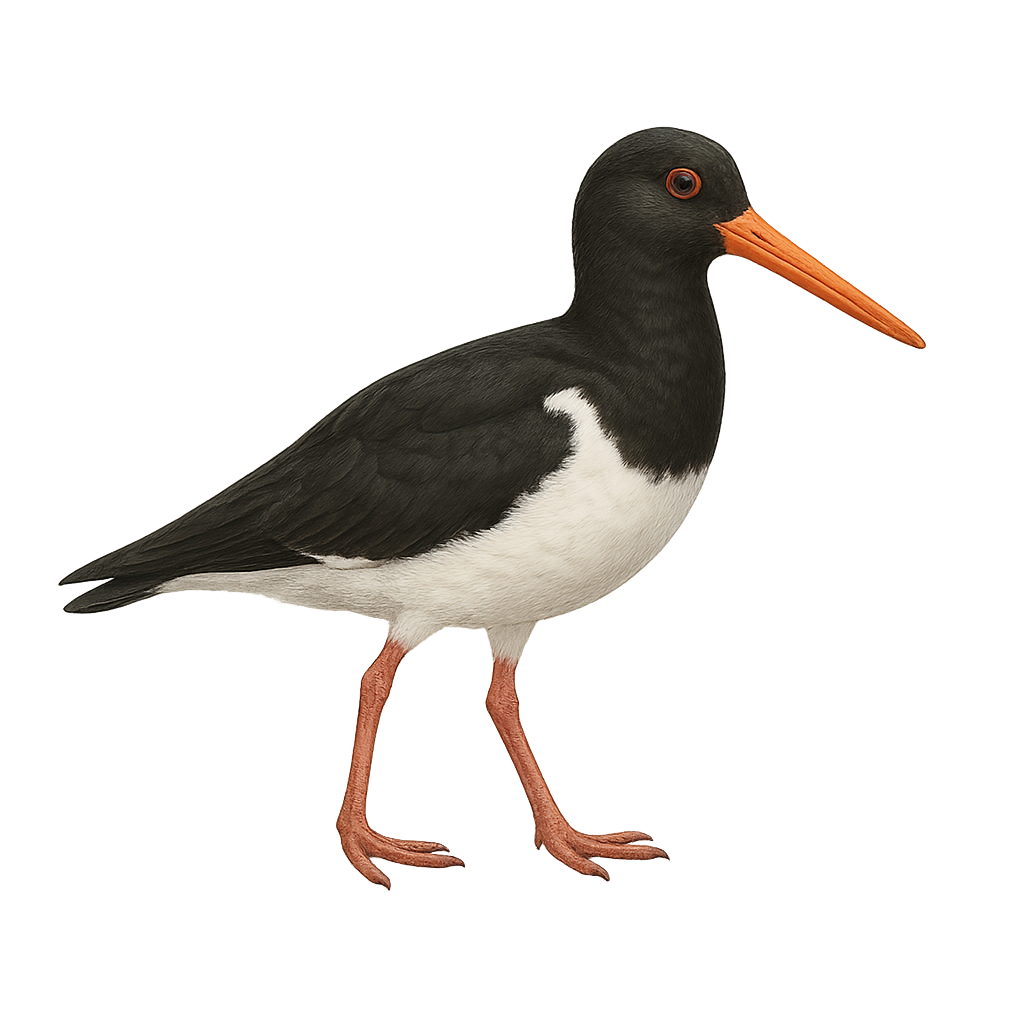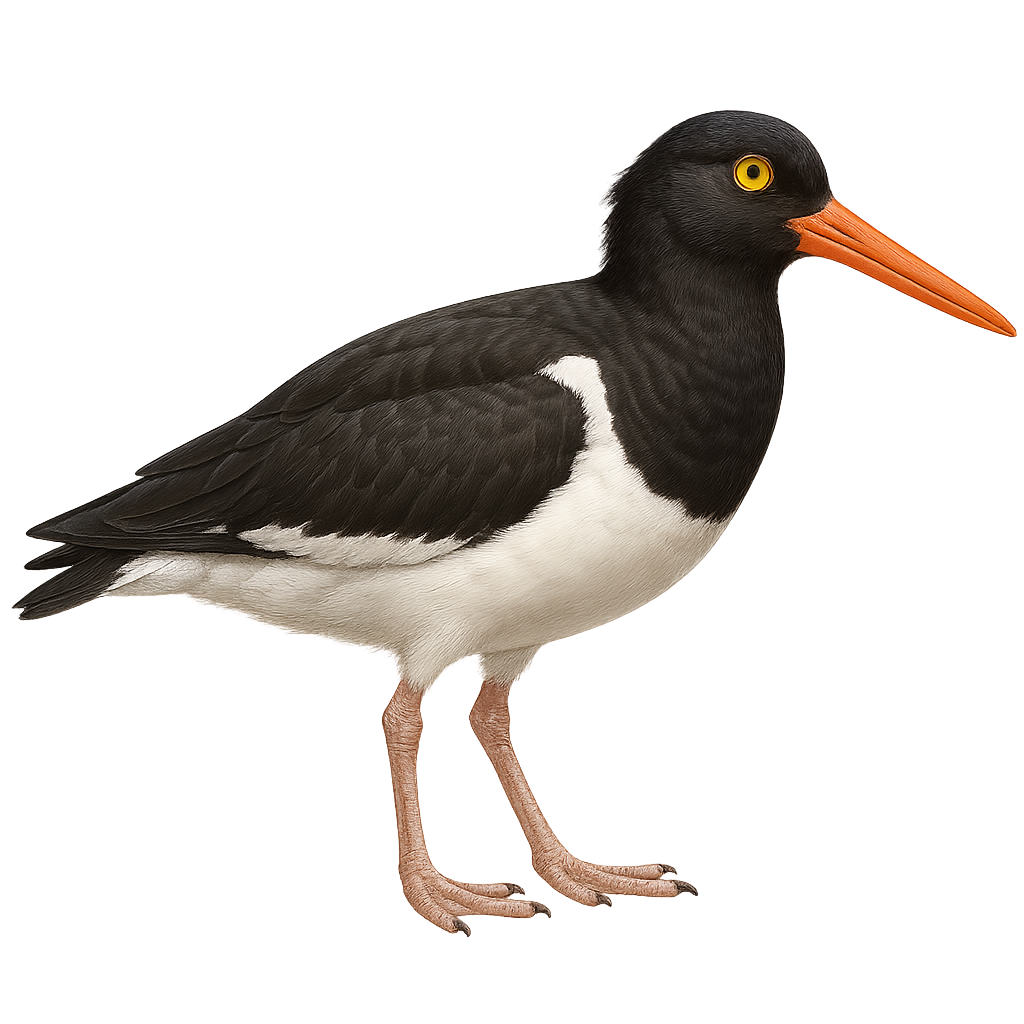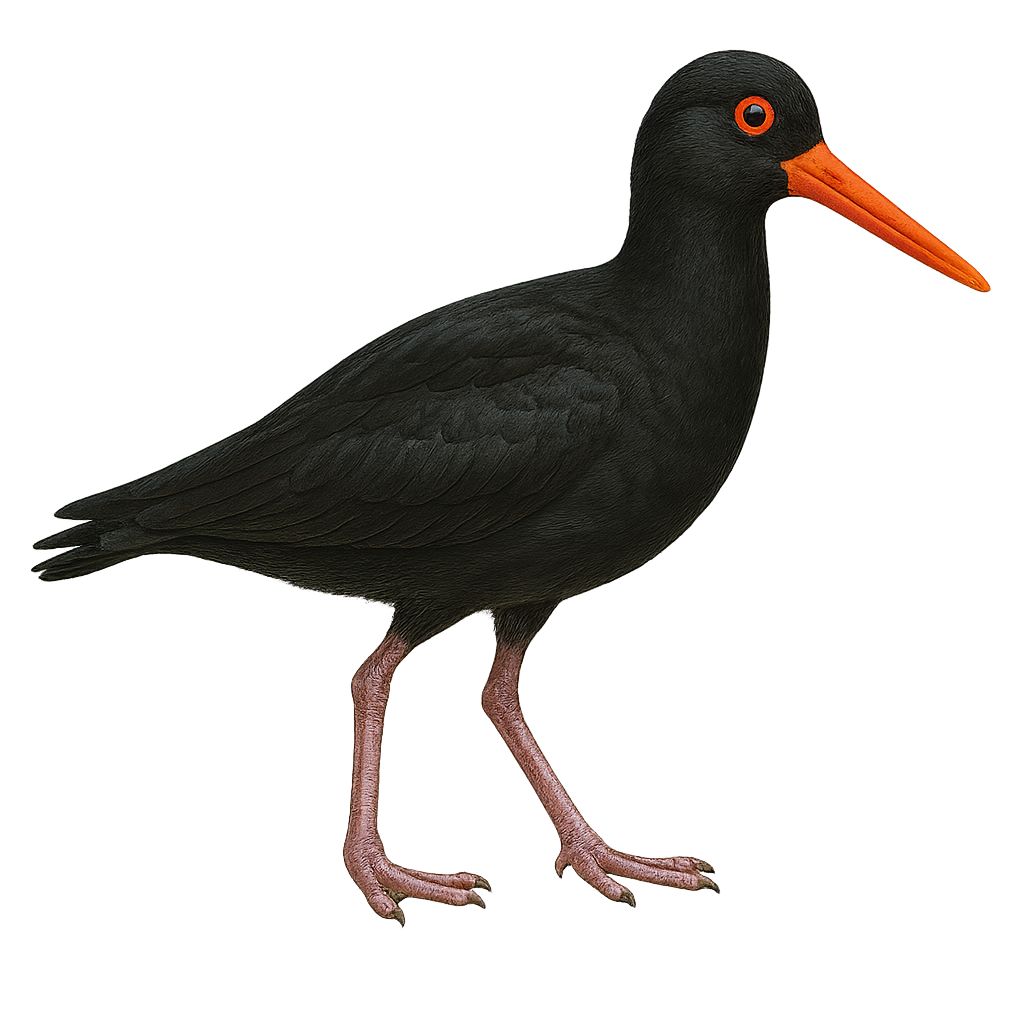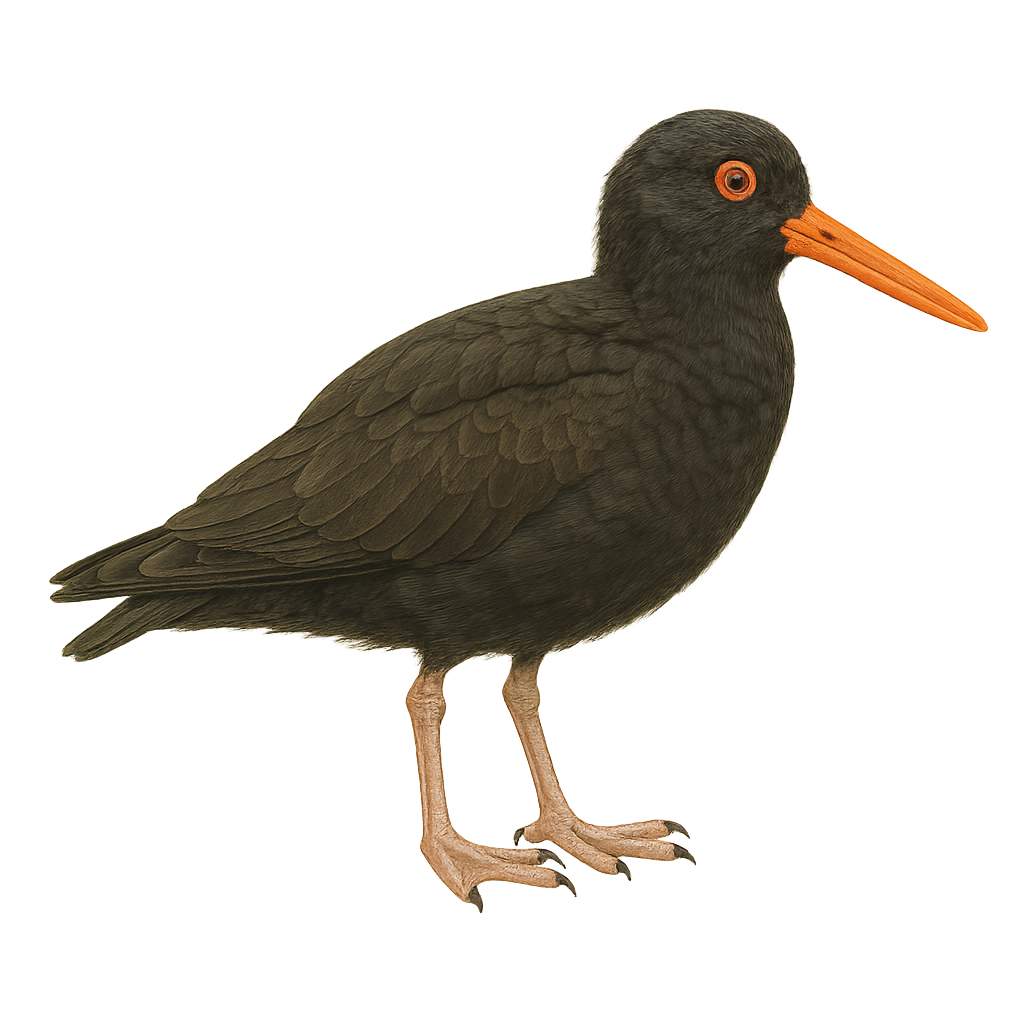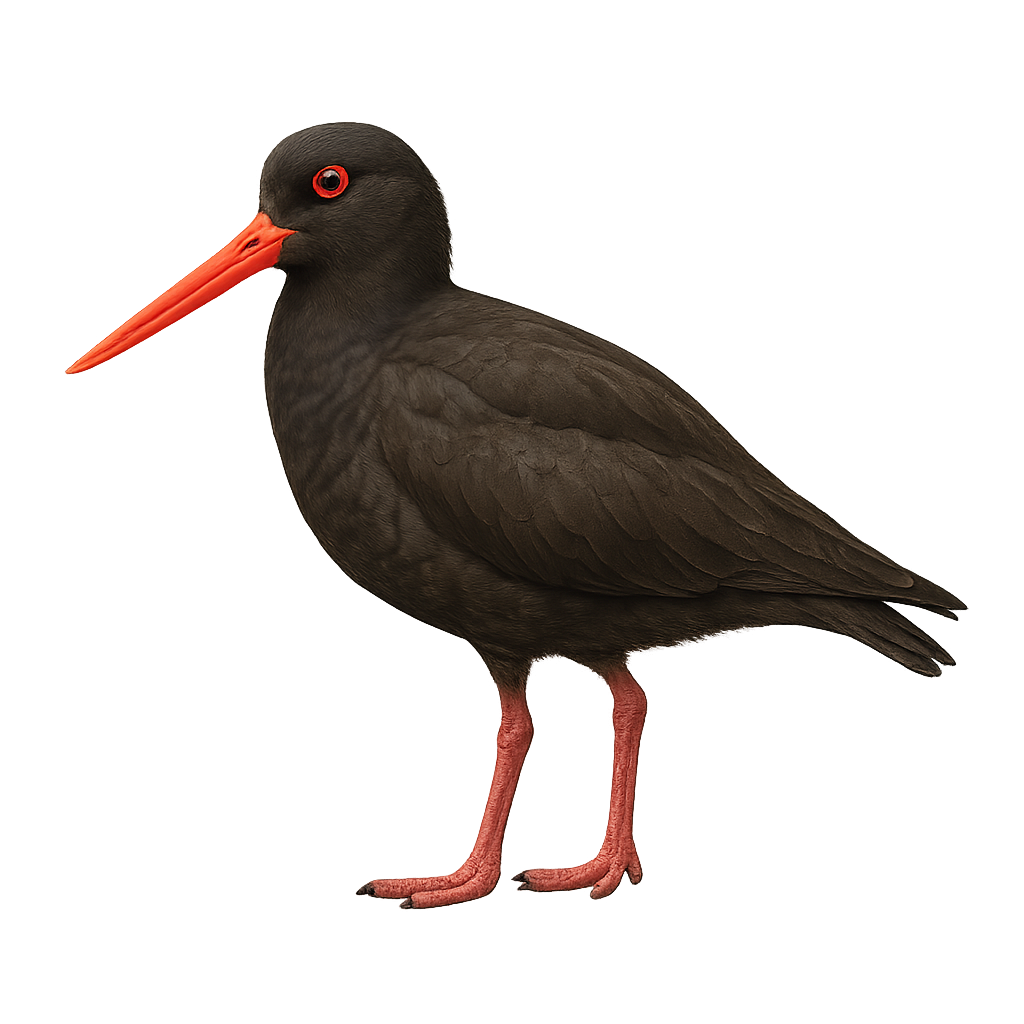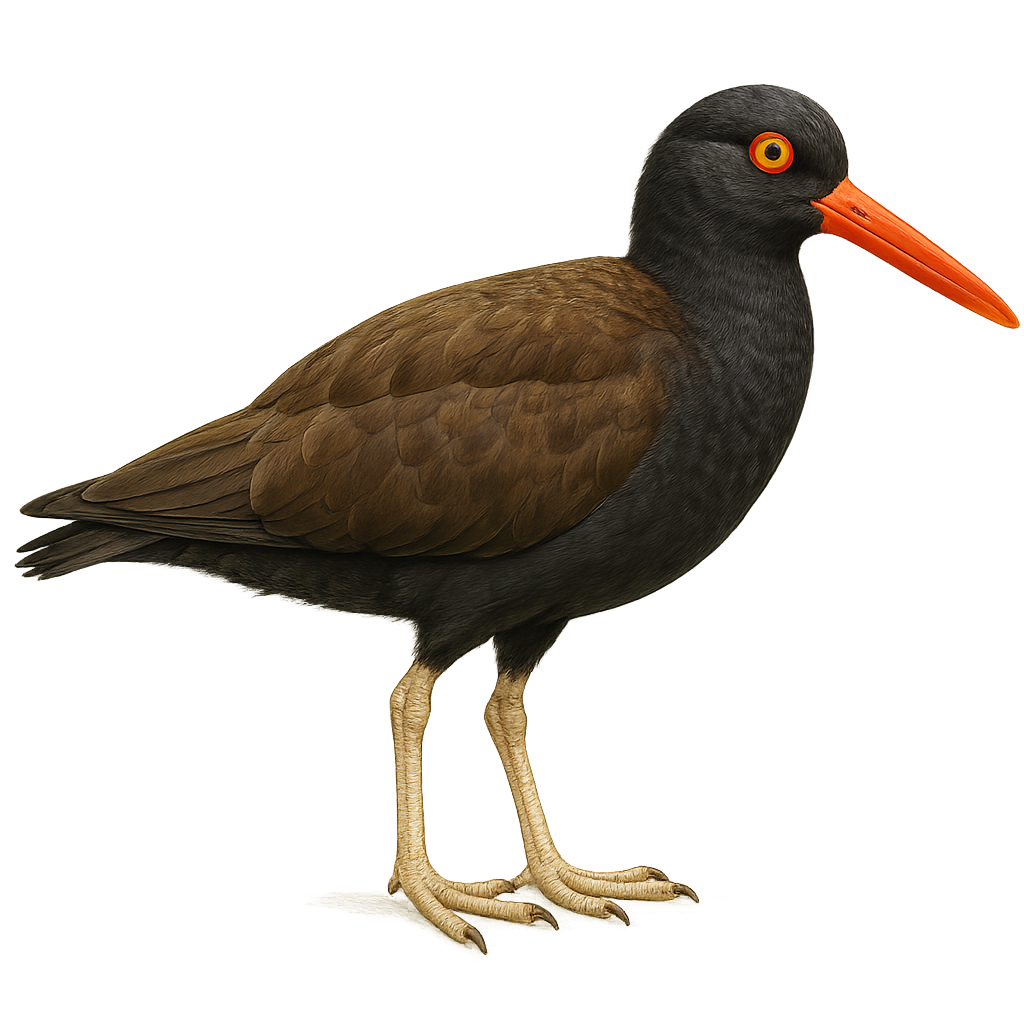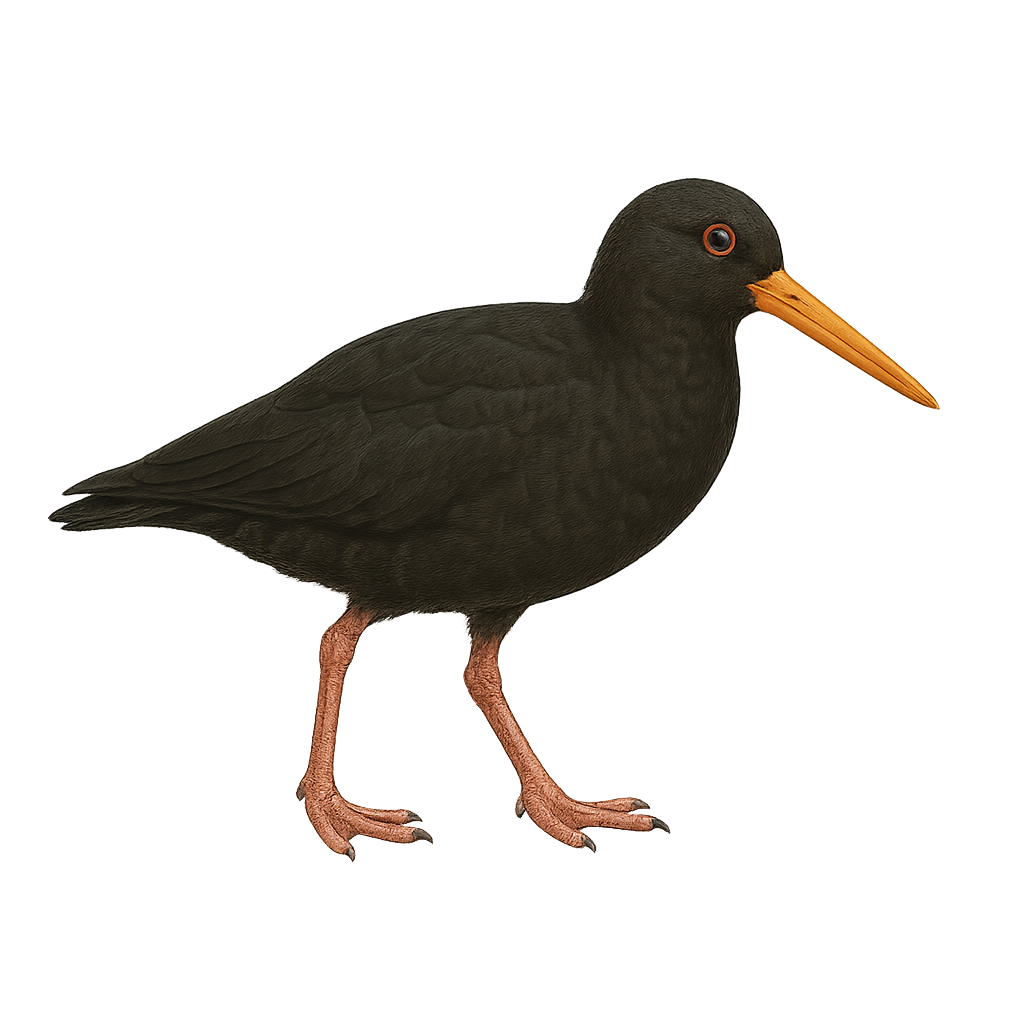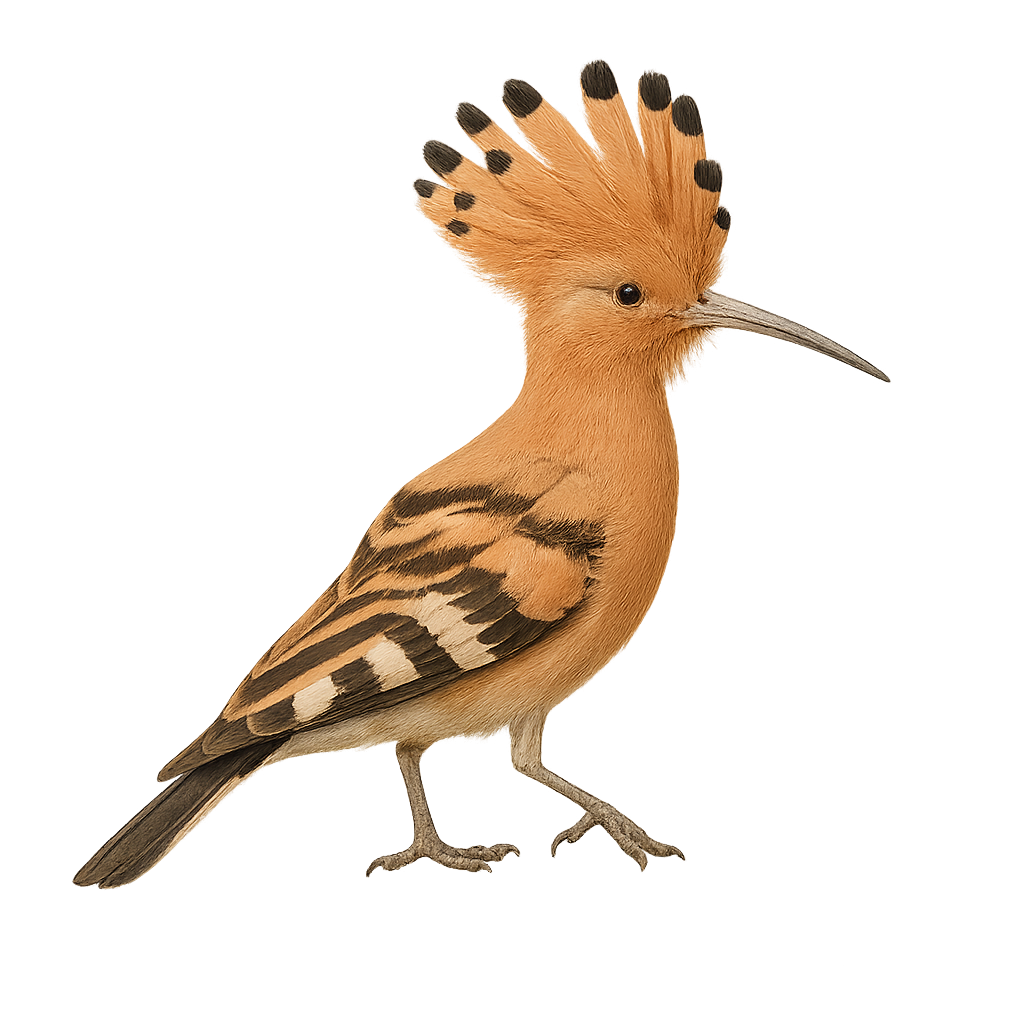The Southern Rough-winged Swallow, Stelgidopteryx ruficollis, is a small bird from the Hirundinidae family. It is characterized by its brown plumage on the back and lighter underparts, with a distinctive rufous hue on the forehead. This species is mainly found in Central and South America, frequenting open areas near water such as rivers and lakes. It is often seen in flight, catching insects mid-air with agility and speed. Sociable in nature, it nests in colonies, often in natural cavities or man-made structures. Its breeding period varies by region but is generally active during the warmer months.
The Tree Swallow, or Tachycineta bicolor, is a small migratory bird belonging to the Hirundinidae family. It is recognizable by its iridescent blue-green back and white belly. This bird is often observed in open areas near water, where it hunts flying insects. Tree Swallows are known for their aerial agility and ability to perform fast and acrobatic flights. They typically nest in natural or artificial cavities, and their breeding season extends from spring to summer. These birds are social and can often be seen in groups, especially during migration.
The Blue-and-white Swallow, or Pygochelidon cyanoleuca, is a small, agile bird easily recognized by its metallic blue back and white belly. It frequents open areas, often near water, where it skillfully hunts flying insects. This species is widespread in South America, from Panama to Argentina. It is often seen in groups, especially outside the breeding season. Nests are typically built in natural or artificial cavities, such as bridges or buildings. Although its conservation status is currently "least concern," it is sensitive to environmental changes, particularly pollution and habitat destruction.
The Ethiopian Swallow is a small, graceful bird, identifiable by its metallic blue back and white underparts. It has a forked tail typical of swallows. This species is mainly found in sub-Saharan Africa, frequenting open areas, villages, and towns. It is often seen in flight, hunting insects for food. The Ethiopian Swallow is a partial migrant, moving according to seasons and food availability. It builds a cup-shaped nest with mud, often under building eaves. Its population is stable, and it is not considered threatened.
The house martin is a small migratory bird found mainly in urban and rural areas across Europe, Asia, and North Africa. It is easily recognized by its metallic blue back and its white throat and belly. This swallow builds its nest under roofs, on window ledges, and on building cornices. It primarily feeds on insects, which it catches mid-flight, often chasing swarms of insects at high speed.
The sand martin is a small migratory passerine bird found primarily along rivers, lakes, and wetland areas in Europe, Asia, and North Africa. It is easily recognized by its brown-olive plumage on the back and white on the belly, as well as its social behavior when it gathers in colonies to nest. This small bird primarily feeds on insects, which it captures in flight during its passes over the water.
The Eurasian Crag Martin, or Ptyonoprogne rupestris, is a medium-sized bird belonging to the Hirundinidae family. It is identifiable by its uniform brown-grey plumage, slightly lighter on the belly, and its square tail edged with white spots. This species is often found in mountainous and rocky regions of Southern Europe and Central Asia. It builds its cup-shaped nest under rocky overhangs or bridges, using mud and grass. The Eurasian Crag Martin is an agile insectivore, catching its prey in flight. It is a partial migrant, with some populations moving south in winter. Although its habitat is specific, it adapts well to human structures, contributing to its stable population.
The Mangrove Swallow, Tachycineta albilinea, is a small, elegant bird found in the neotropical regions. It is characterized by its iridescent blue-green back and white underparts. This species is often seen near water bodies like rivers, lakes, and mangroves, where it skillfully hunts flying insects. Known for its rapid and acrobatic flight, it often flies in small groups. Nests are typically built in natural or artificial cavities, with the female laying three to five eggs. Although its habitat is threatened by deforestation and pollution, it is currently classified as Least Concern by the IUCN.
The Chilean Swallow, Tachycineta leucopyga, is an elegant and agile bird, easily recognizable by its metallic blue back and white belly. It is often seen in flight, catching insects in mid-air. This species is widespread in South America, particularly in open areas near water, such as marshes and rivers. It nests in natural or artificial cavities, and its breeding season coincides with the austral spring. Although generally not very shy, it can become suspicious if it feels threatened. Its ability to adapt to different habitats makes it a resilient species, although habitat degradation could pose a long-term threat.
The Purple Martin, or Progne subis, is a migratory bird belonging to the Hirundinidae family. It is recognizable by its glossy blue-black plumage in males, while females have duller tones with a grayish belly. This bird is the largest swallow in North America and is noted for its agile and graceful flight. It often nests in colonies in man-made birdhouses, making it dependent on humans for reproduction. Its diet consists mainly of insects caught in flight. As a migratory species, it winters in South America and returns to North America for the breeding season.
The barn swallow is a small migratory bird found primarily in Europe, Asia, and Africa. It is easily recognizable by its metallic blue back, pointed wings, and deeply forked tail. This bird is often seen flying at high speeds, hunting insects which it catches mid-flight. The barn swallow builds its nest under roofs, in barns, or buildings, and undertakes an impressive long migration each year.
The Hoatzin is a strange and fascinating bird, easily recognizable by its plume crest and distinctive plumage. Native to the tropical forests of South America, particularly in the Amazon Basin, this bird stands out for its leaf-based diet, which it digests through fermentation in its digestive system, a process similar to that of ruminants. It has short wings and prefers to move by hopping through trees or swimming. While not aggressive, the Hoatzin is a shy bird and difficult to observe, often hidden in dense vegetation.
The Bare-faced Curassow is a large terrestrial bird from the Cracidae family, primarily found in the tropical forests of South America, including Brazil, Bolivia, Paraguay, and Argentina. It is easily recognizable by its glossy black plumage in males, with a bright yellow bare face, while females have brown plumage with barred patterns. This bird prefers dense forest habitats where it feeds mainly on fruits, seeds, and insects. Although capable of flight, it spends most of its time on the ground. The Bare-faced Curassow is threatened by deforestation and hunting, leading to population declines in some areas.
The Great curassow is a large bird of the Cracidae family, easily recognizable by its impressive plumage and crest on its head. It measures approximately 75 to 90 cm in length, with a wingspan of 1.2 to 1.4 meters, and weighs between 2 and 3 kg. Its plumage is mainly brown, with lighter feathers on the belly and distinctive markings on the wings and back. Its head is adorned with a reddish crest, giving it a distinctive appearance. The stone-curling quail mainly lives in the tropical and subtropical forests of Venezuela, Colombia, and Panama. It is often found in mountainous regions, where it frequents wooded areas and rocky slopes. The Stone-curlew is mainly herbivorous, feeding on fruits, seeds, and leaves. It is a terrestrial bird, preferring to move around by walking rather than flying. Although the species is not critically endangered, it is vulnerable to deforestation and loss of its natural habitat.
The Crax alector, commonly known as the Black Curassow, is a large bird from the Cracidae family, native to the tropical forests of South America. It is easily recognizable by its glossy black plumage and distinctive curly crest. Males have a bright yellow beak, while females display more subdued patterns. This bird prefers dense forest habitats where it primarily feeds on fruits, seeds, and insects. Although capable of flight, it spends most of its time on the ground. The Black Curassow plays a crucial role in seed dispersal, aiding in forest regeneration. Unfortunately, it is threatened by deforestation and excessive hunting, leading to population declines in some areas.
The Crax globulosa, commonly known as the Wattled Curassow, is an impressive bird from the Cracidae family. It is distinguished by its glossy black plumage and characteristic crest. Males display a bright red wattle on their beak, particularly visible during the breeding season. This bird primarily inhabits the humid tropical forests of South America, especially in the Amazon. It is often seen near watercourses, where it feeds on fruits, seeds, and insects. Unfortunately, the Wattled Curassow is threatened by deforestation and hunting, leading to a significant decline in its population. Its conservation is crucial to preserving the biodiversity of its natural habitat.
The Helmeted Curassow, or Pauxi pauxi, is a large terrestrial bird from the Cracidae family, primarily found in the humid tropical forests of the Andes in Venezuela and Colombia. It is distinguished by its unique horned crest, which gives it its name. This curassow is black with bluish sheen and a white chest. It feeds mainly on fruits, seeds, and insects. Unfortunately, it is threatened by habitat loss and hunting. Its discreet nature and dark plumage make it difficult to observe in its natural environment. Conservation efforts are crucial to ensure its long-term survival.
The Brown Eared Pheasant, or Crossoptilon mantchuricum, is a fascinating bird native to the mountainous forests of China. This pheasant is distinguished by its long white ear tufts, which give it its name. Its plumage is primarily brown with metallic sheens, and it boasts an impressive tail. Males and females are similar, although males are slightly larger. They live in family groups and are known for their complex social behavior. Their diet mainly consists of seeds, roots, and insects. Unfortunately, this species is threatened by habitat loss and hunting. Conservation efforts are underway to protect these majestic birds and their environment.
The Pied Oystercatcher is a medium-sized coastal bird, easily identifiable by its distinctive black and white plumage and long, bright red bill. It primarily inhabits the sandy and rocky shores of Australia, where it feeds mainly on mollusks, crustaceans, and other marine invertebrates. Its powerful bill allows it to skillfully open the shells of its prey. This bird is often seen in small groups, although it can also be solitary. It is known for its piercing calls and territorial behavior, especially during the breeding season. Pied Oystercatchers are monogamous and form lasting pairs. Their nest is usually a simple scrape in the sand or pebbles, where they lay two to three eggs.
The American Oystercatcher is a coastal bird known for its distinctive black and white plumage, bright red bill, and yellow-ringed eyes. It primarily inhabits sandy beaches, mudflats, and estuaries where it feeds mainly on bivalve mollusks, which it skillfully opens with its strong bill. This bird is often seen in small groups but can also be solitary. It is known for its loud, piercing calls, especially during the breeding season. The American Oystercatcher is a partial migrant, with some populations moving south in winter. Its presence is an indicator of healthy coastal ecosystems, although it is threatened by habitat loss and human disturbances.
The Black Oystercatcher is a distinctive coastal bird, recognizable by its black plumage and long red-orange bill. It primarily inhabits the rocky coasts of the North Pacific, from Alaska to California. This bird is often seen foraging for mollusks and crustaceans, which it skillfully opens with its powerful bill. Although its appearance is understated, its loud and piercing call is easily identifiable. The Black Oystercatcher is monogamous and vigorously defends its territory during the breeding season. Pairs often nest on rocky islets, where they typically lay two to three eggs. Despite its wide distribution, it is sensitive to human disturbances and environmental changes, making it a species to watch.
The South Island Oystercatcher is a coastal bird endemic to New Zealand, primarily found on the South Island. It is characterized by its black and white plumage, bright red long bill, and pink legs. This bird is often seen on sandy beaches and estuaries, where it feeds mainly on mollusks and crustaceans. Although generally solitary, it can be observed in small groups, especially outside the breeding season. The South Island Oystercatcher is a migratory bird, moving to the north of the South Island and the North Island during the austral winter. Its population is stable but remains vulnerable to human disturbances and predation by introduced species.
The Magellanic Oystercatcher, or Haematopus leucopodus, is a distinctive coastal bird known for its black and white plumage and bright red bill. It primarily inhabits rocky shores and pebble beaches in southern South America, particularly in Patagonia and Tierra del Fuego. This bird is an excellent forager, using its strong bill to pry open shells and feed on mollusks and crustaceans. Magellanic Oystercatchers are monogamous and highly territorial, vigorously defending their nesting territory from intruders. Their nest is often a simple scrape in the ground, where they typically lay two to three eggs. Although they are relatively tolerant of human presence, it is important to respect their space to avoid disturbing their natural behavior.
The African Black Oystercatcher is a coastal bird endemic to the South African coastline, easily identified by its black plumage, bright red bill, and red-ringed eyes. It primarily inhabits sandy beaches and rocky shores, feeding on mollusks and crustaceans. This bird is monogamous, forming stable pairs that vigorously defend their territory. Nesting occurs on the ground, often near the sea, with both parents sharing incubation and chick-rearing duties. Although its population is stable, it remains vulnerable to human disturbances and predation by introduced species.
The Chatham Island Oystercatcher is an endemic bird of the Chatham Islands, New Zealand. It is characterized by its striking black and white plumage, bright red bill, and long pink legs. This coastal bird is often seen on sandy beaches and rocky areas where it primarily feeds on mollusks and crustaceans. It is known for its territorial behavior, especially during the breeding season. With an estimated population of about 250 individuals, it is considered an endangered species. Conservation efforts include habitat protection and management of introduced predators.
The Sooty Oystercatcher is a medium-sized coastal bird, easily identified by its deep black plumage and bright red bill. It primarily inhabits the rocky and sandy shores of Australia, feeding on mollusks, crustaceans, and other marine invertebrates. Its piercing call is often heard before the bird is seen. While usually observed in pairs or small groups, it can form large colonies during the breeding season. The Sooty Oystercatcher is a sedentary bird, generally remaining loyal to its territory year-round. Its ability to adapt to various coastal environments makes it a resilient species, although some populations may be vulnerable to human disturbances and habitat loss.
The Blackish Oystercatcher, Haematopus ater, is a robust and distinctive coastal bird, recognizable by its uniform black plumage and long, bright red bill. It primarily inhabits the rocky shores of South America, from Patagonia to Peru. Often seen in small groups, this bird feeds on mollusks and crustaceans, skillfully opening them with its powerful bill. Although mostly sedentary, some individuals may undertake short migrations. The Blackish Oystercatcher is monogamous and vigorously defends its nesting territory. Its piercing call is often heard above the sound of the waves. Despite its wide distribution, it is sensitive to human disturbances and marine pollution.
The Eurasian Oystercatcher is a coastal bird easily recognizable by its black and white plumage and long orange beak. It measures about 40 to 45 cm in length, with a wingspan of 75 to 85 cm, and weighs between 300 and 400 g. Its beak is long and straight, ideal for digging up shellfish and other mollusks, which it primarily consumes, though it also feeds on worms and marine insects. The Eurasian Oystercatcher primarily inhabits the coasts of Europe, north-west Africa, and parts of Asia. It prefers beaches, estuaries, and mudflats where it can forage at low tide. This bird is very territorial and can be seen in small colonies during the breeding season, but typically lives alone or in small groups outside of that period. Although the species is not immediately endangered, it is sensitive to habitat loss, beach pollution, and human disturbance.
The Variable oystercatcher, or Haematopus unicolor, is a bird endemic to the Chatham Islands in New Zealand. It is characterized by its entirely black plumage, bright red long bill, and pink legs. This coastal bird is often seen on sandy beaches and rocky shores, where it primarily feeds on mollusks and crustaceans. Although its population is limited to a restricted region, it plays a crucial role in the local ecosystem by regulating prey populations. The Variable oystercatcher is monogamous and forms lasting pairs. Nesting occurs on the ground, often near the sea, where the eggs are well camouflaged among pebbles and seaweed.
The African Hoopoe, or Upupa epops africana, is a captivating bird, easily identified by its distinctive crest and black-and-white plumage patterns. It primarily inhabits the savannas and wooded areas of sub-Saharan Africa. This bird feeds mainly on insects, which it captures with its long, slender beak. The African Hoopoe is often seen probing the ground for food and is known for its distinctive "hoo-hoo-hoo" call. While generally solitary, it can be observed in small groups during the breeding season. Its adaptability to various habitats makes it a resilient species, although habitat loss remains a potential threat.


